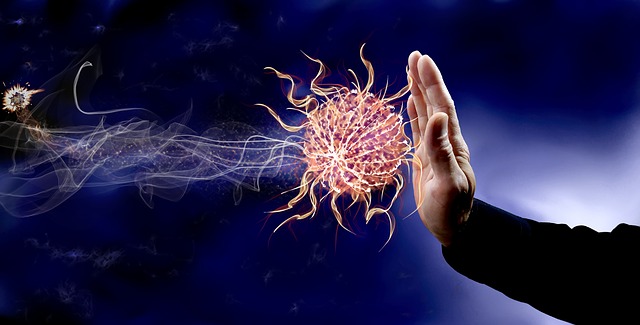Nov, 2020 - By WMR

A new study led by the researchers of IDIBAPS, the UB and Spanish National Center of Cardiovascular Research (CNIC) have reported to discover a new immune defense mechanism that is composed by lipid droplets (LDs), and have exhibited potential in eliminating invading pathogens.
Moreover, LDs are the organelles nutrients are accumulated by the cells in the form of fat, which provide required energy to organs in developing their function. Researchers also informed that viruses or bacteria require higher amount of nutrients to proliferate and to reach the LD during infecting the host cell. In addition, when pathogens infect, in response to infection, lipid droplets bring together antibiotic and antiviral proteins complexes that act cooperatively to fight and eliminate pathogen. This mechanism can perform in all cells of the body, not limited to macrophage cells.
Furthermore, researchers also noted that cells keep higher amounts of antiviral proteins and antibiotics on LDs, in order to protect themselves from pathogens. In the study, researchers have identified over 400 candidates on the surface area of LD, which acts as protective shield of LDs when they are exposed to the pathogens. However, researchers focused only six of these proteins, which have exhibited potential in protecting the cells during the infection by different types of bacteria.
Miguel Sánchez-Álvarez stated, “The concentration of these antibiotic and antiviral proteins in a single compartment inside the cell allows creating synergies while reducing their toxicity and allowing the rest of the cellular machinery to function normally”.
Researchers concluded that the study findings decoded an important defense mechanism, which could be utilized for the development of novel therapeutics to avert infections.

We will be happy to help you find what you need. Please call us or write to us: